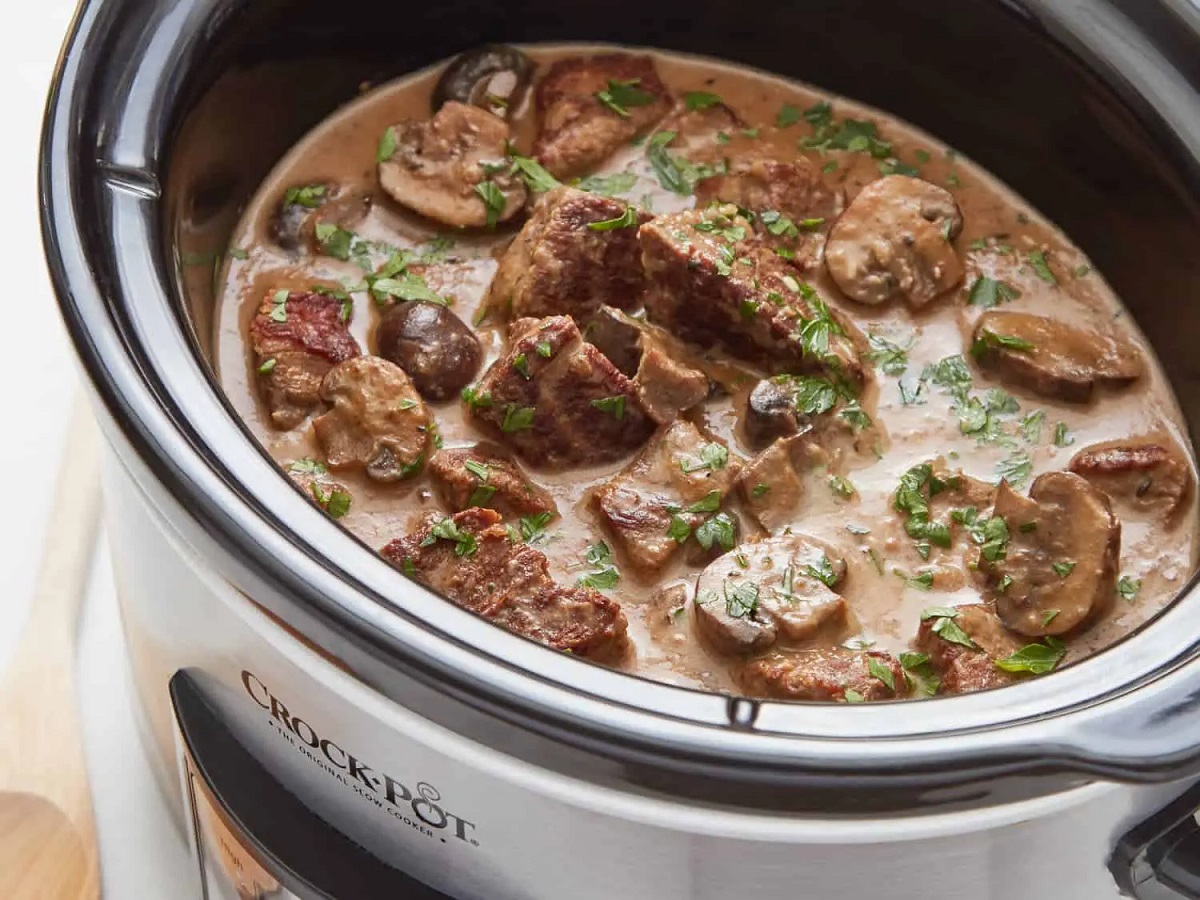

Articles
When To Put Mushrooms In Slow Cooker
Modified: May 6, 2024
Discover when to add mushrooms to your slow cooker with our informative articles. Learn the best tips and tricks for incorporating mushrooms into your delicious slow-cooked meals.
(Many of the links in this article redirect to a specific reviewed product. Your purchase of these products through affiliate links helps to generate commission for Storables.com, at no extra cost. Learn more)
Introduction
Slow cookers have become increasingly popular in recent years, thanks to their convenience and ability to create delicious, flavorful meals with minimal effort. These versatile kitchen appliances are perfect for cooking a wide range of ingredients, including meats, vegetables, and even mushrooms.
In this article, we will explore the art of cooking mushrooms in a slow cooker and discuss the benefits, factors to consider, timing, preparation tips, recipe ideas, safety precautions, and storage recommendations. Whether you’re a novice home cook or an experienced chef, you’ll find valuable information to help you make the most out of your slow cooker when it comes to cooking mushrooms.
Let’s delve into the world of slow-cooked mushrooms and discover how these earthy delights can be transformed into mouthwatering dishes that will impress your family and friends.
Key Takeaways:
- Slow cooking mushrooms enhances flavor, texture, and nutritional value, making them a versatile and convenient ingredient for delicious, time-saving meals.
- Proper preparation, timing, and safety precautions are essential for successful slow-cooked mushrooms, ensuring flavorful dishes while prioritizing food safety and freshness.
Read more: When To Add Mushrooms To Stew In Slow Cooker
Benefits of Cooking Mushrooms in a Slow Cooker
Cooking mushrooms in a slow cooker offers numerous advantages that can elevate your culinary experience. Here are some of the key benefits:
- Enhanced Flavor: Slow cooking allows the flavors of mushrooms to develop and intensify, resulting in a rich and savory taste. The low heat and extended cooking time help the mushrooms absorb the flavors of the other ingredients in the dish, creating a harmonious blend of flavors.
- Tender Texture: Mushrooms cooked in a slow cooker become incredibly tender and melt-in-your-mouth due to the gentle, prolonged cooking process. This soft texture is especially desirable in dishes like stews, soups, or braised dishes where mushrooms serve as a complement to other ingredients.
- Better Absorption of Flavors: Slow cooking allows mushrooms to absorb the flavors of the surrounding ingredients, such as herbs, spices, or the broth in which they are cooked. This ensures that each bite of mushroom is infused with the delicious essence of the dish.
- Time-saving Convenience: Slow cookers are known for their convenience and time-saving benefits. Once you’ve prepared the ingredients and set the cooking time, you can simply let the slow cooker work its magic while you attend to other tasks. This makes it ideal for busy individuals or those who prefer hassle-free cooking.
- Preservation of Nutritional Value: Slow cooking mushrooms helps retain their nutritional value, including vitamins, minerals, and antioxidants. The low and steady heat minimizes nutrient loss, ensuring that you benefit from the wholesome goodness of mushrooms in your meals.
- Versatility: Mushrooms are incredibly versatile, and slow cooking allows you to explore various culinary possibilities. Whether you’re using button mushrooms, cremini mushrooms, portobello mushrooms, or exotic varieties like shiitake or oyster mushrooms, the slow cooker can accommodate them all.
Overall, cooking mushrooms in a slow cooker offers a myriad of benefits, from enhancing flavor and texture to saving time and preserving nutritional value. It’s a fantastic way to incorporate these fungi into your cooking repertoire and elevate your dishes to new heights of deliciousness.
Factors to Consider Before Adding Mushrooms to a Slow Cooker
While slow cooking mushrooms can yield amazing results, there are a few important factors to consider before adding them to your slow cooker. Taking these factors into account will help you achieve the best possible outcome:
- Mushroom Variety: Different mushroom varieties have varying levels of water content and textures. Some mushrooms, like shiitake or porcini mushrooms, can withstand longer cooking times without becoming excessively soft or losing their shape. On the other hand, delicate mushrooms such as enoki or chanterelle mushrooms may require shorter cooking times to preserve their texture.
- Cooking Method: The cooking method you plan to use in the slow cooker is crucial when considering mushrooms. If you’re preparing a stew or soup, mushrooms can be added at the beginning and cooked for the duration of the cooking time. However, if you’re making a dish with a shorter cooking time, such as a curry or stir-fry, it may be best to add the mushrooms towards the end to prevent them from becoming overly soft.
- Quantity: The amount of mushrooms you add to the slow cooker will impact the intensity of their flavor. Keep in mind that mushrooms will shrink as they cook, so it’s a good idea to add a slightly larger quantity than you would for traditional stovetop cooking methods.
- Seasonings and Ingredients: Consider the seasonings and other ingredients in your recipe. Mushrooms have a unique flavor profile that can be enhanced by certain herbs, spices, or sauces. Take into account the overall taste of the dish and its compatibility with mushrooms to create a harmonious blend of flavors.
- Sauce or Liquid Content: Mushrooms release moisture as they cook, so it’s important to consider the amount of sauce or liquid in your recipe. If the dish has a high liquid content, such as a stew or soup, the mushrooms will absorb the flavors more readily. However, if the dish has a thicker consistency, you may need to add more broth or sauce to prevent the mushrooms from drying out.
- Personal Preferences: Lastly, consider your personal preferences when it comes to the texture and flavor of mushrooms. Some individuals prefer their mushrooms to have a firmer texture, while others enjoy them soft and tender. Experiment with different cooking times and techniques to find the perfect balance that suits your palate.
By taking these factors into consideration, you can ensure that your slow-cooked mushrooms turn out perfectly cooked, flavorful, and complement the overall dish you’re preparing in the slow cooker.
Timing for Adding Mushrooms Based on Cooking Method
The timing for adding mushrooms to your slow cooker will vary depending on the specific cooking method you choose. Here’s a general guideline to help you determine the appropriate timing:
- Long-Cooking Recipes: If you’re preparing a dish with a long cooking time, such as a stew or a pot roast, you can add the mushrooms at the beginning. This allows them to cook slowly and develop deep, rich flavors that meld with the other ingredients. Keep in mind that mushrooms can withstand extended cooking times without losing their texture or becoming overly soft.
- Moderate-Cooking Recipes: For recipes with moderate cooking times, like casseroles or braised dishes, it’s best to add the mushrooms about halfway through the cooking process. This ensures that they have enough time to absorb the flavors of the dish while maintaining their texture.
- Quick-Cooking Recipes: If you’re making a dish with a relatively short cooking time, such as a stir-fry or a curry, it’s recommended to add the mushrooms towards the end of the cooking process. This prevents them from becoming excessively soft or losing their shape. Mushrooms cook relatively quickly, so a few minutes of cooking time will be sufficient to soften them and infuse them with the flavors of the other ingredients.
It’s important to note that these are general guidelines, and the exact timing may vary depending on your specific recipe and preferences. As you gain experience with your slow cooker, you’ll develop a better understanding of how mushrooms behave and can adjust the timing accordingly.
Remember to always taste your dish and check the texture of the mushrooms before serving. If they’re not cooked to your desired level of tenderness, you can continue cooking them for a bit longer.
By following these guidelines and adapting them to your recipe, you’ll be able to achieve perfectly cooked mushrooms that enhance your slow-cooked dishes with their earthy and savory flavors.
Add mushrooms to the slow cooker during the last 30 minutes of cooking to prevent them from becoming mushy and losing their texture and flavor.
Tips for Preparing Mushrooms for Slow Cooking
Properly preparing mushrooms before adding them to your slow cooker can greatly enhance their flavor and texture. Here are some essential tips to follow when preparing mushrooms for slow cooking:
- Cleaning: Start by gently wiping the mushrooms with a damp cloth or paper towel to remove any dirt or debris. Avoid rinsing them with water as mushrooms tend to absorb liquid quickly, which can affect their texture during cooking.
- Trimming: Trim off the tough ends of the mushroom stems, if necessary. For mushrooms like portobello or shiitake, you may also need to remove the stems completely, depending on your recipe.
- Slicing: Slice the mushrooms according to your preference and the recipe requirements. You can slice them thick for a meaty texture or thinly for faster cooking and evenly distributed flavor throughout the dish.
- Pre-Cooking: Some recipes may call for pre-cooking the mushrooms before adding them to the slow cooker. This step can help enhance their flavor and remove excess moisture. You can sauté the mushrooms in a hot pan with a little oil until they become golden brown. This not only adds flavor but also helps to concentrate the mushroom’s umami taste.
- Marinating: To infuse the mushrooms with extra flavor, consider marinating them before adding them to the slow cooker. You can create a simple marinade using olive oil, garlic, herbs, and a splash of vinegar or soy sauce. Allow the mushrooms to marinate for at least 30 minutes to an hour before slow cooking.
- Seasoning: Before adding the mushrooms to your slow cooker, season them with salt and pepper or your preferred herbs and spices. This step ensures that the mushrooms are well-seasoned and will enhance the overall flavor of your dish.
- Layering: If you’re cooking a multi-layered dish with mushrooms in the slow cooker, such as a casserole or lasagna, it’s important to layer the mushrooms in between other ingredients. This helps distribute the flavors and prevents them from becoming overcrowded or overly concentrated in one area.
- Consider Texture: If you prefer mushrooms with a firmer texture, opt for types like portobello or cremini. If you’re looking for a more delicate texture, consider using white button or oyster mushrooms. Choosing the right mushroom variety based on your desired texture is essential for a satisfying slow-cooked dish.
By following these tips, you’ll be able to prepare mushrooms for slow cooking in a way that maximizes their flavor, texture, and overall enjoyment in your dishes.
Recipes and Ideas for Slow Cooking Mushrooms
The slow cooker is a versatile tool that is perfect for bringing out the best flavors in mushrooms. Here are some delicious recipes and ideas to inspire you:
- Mushroom Risotto: Make a creamy and flavorful mushroom risotto by adding sliced mushrooms, vegetable broth, arborio rice, onions, garlic, and your choice of herbs and spices to the slow cooker. Cook on low for a few hours until the rice is tender and creamy. Finish off with a sprinkle of Parmesan cheese and fresh herbs.
- Coq au Vin with Mushrooms: Create a classic French dish by slow-cooking chicken with mushrooms, bacon, onions, garlic, red wine, and herbs. The slow cooker will infuse the chicken and mushrooms with all the rich flavors, resulting in a tender and flavorful coq au vin.
- Vegetarian Mushroom Stew: For a hearty and comforting vegetarian stew, combine a variety of mushrooms, onions, carrots, celery, potatoes, vegetable broth, and a blend of herbs and spices in the slow cooker. Let it simmer on low for several hours until the flavors meld together, creating a flavorful and satisfying vegetarian meal.
- Pulled Mushroom Sandwiches: Slow-cooked mushrooms can be a fantastic meat alternative. Coat a variety of mushrooms with your favorite barbecue sauce, add some onions, garlic, and spices, and let them cook on low for several hours. Once cooked, the mushrooms will be tender and easily shredded, perfect for filling sandwiches or wraps.
- Mushroom Soup: Create a comforting and creamy mushroom soup by combining sliced mushrooms, onions, garlic, vegetable broth, and a touch of cream in the slow cooker. Let it cook on low for a few hours until the flavors meld together. Serve it with a garnish of fresh herbs and a drizzle of truffle oil for an extra touch of elegance.
- Mushroom and Lentil Curry: Slow-cooked mushrooms and lentils make for a hearty and flavorful curry. Combine sliced mushrooms, cooked lentils, onions, garlic, curry spices, coconut milk, and vegetable broth in the slow cooker. Let it cook on low for a few hours until the flavors are well-developed and the lentils are tender. Serve with rice or naan bread for a satisfying meal.
These recipe ideas are just a starting point, and you can customize them according to your preference and dietary restrictions. Feel free to experiment with different spices, herbs, and ingredients to create your own unique slow-cooked mushroom dishes.
Overall, the slow cooker provides a convenient and hands-off method for cooking mushrooms, allowing their flavors to develop and intensify. Embrace the versatility of this kitchen appliance and explore the world of slow-cooked mushrooms with these delicious recipes and ideas.
Safety Precautions and Storage Recommendations for Cooking Mushrooms in a Slow Cooker
While cooking mushrooms in a slow cooker is generally safe, it’s important to follow certain precautions to ensure the best culinary experience and food safety. Here are some essential safety precautions and storage recommendations to keep in mind:
1. Cleanliness: Always start with clean hands, utensils, and surfaces when handling mushrooms. Wash your hands thoroughly before and after handling mushrooms to prevent cross-contamination.
2. Mushroom Quality: Choose fresh, firm, and unspoiled mushrooms for slow cooking. Avoid using mushrooms that appear slimy, discolored, or have a strong unpleasant odor, as these may indicate spoilage.
3. Proper Cooking Temperature: Ensure that your slow cooker reaches and maintains a safe internal cooking temperature of at least 140°F (60°C). This helps kill any harmful bacteria and ensures that the mushrooms are cooked thoroughly.
4. Cooking Time and Settings: Follow the recommended cooking time and temperature settings provided in your slow cooker’s manual or the specific recipe you’re using. Cooking mushrooms for too long or at too high a temperature can result in them becoming overly soft or losing their flavor.
5. Cooling and Storage: After cooking, cool the mushrooms properly before storing. Divide them into smaller portions and store them in airtight containers or zip-top bags. Refrigerate leftovers within two hours of cooking and consume them within 4-5 days to ensure freshness and safety.
6. Reheating: When reheating slow-cooked mushrooms, ensure they reach a safe internal temperature of at least 165°F (74°C) to kill any bacteria that may have grown during storage. Reheat gently in the microwave, oven, or stovetop until piping hot throughout.
7. Freezing: Slow-cooked mushrooms can be frozen for longer storage. Allow them to cool completely, then transfer to freezer-safe containers or bags. Label and date the containers, and consume within 3-4 months for best quality. Thaw frozen mushrooms in the refrigerator overnight before reheating.
8. Allergies and Intolerances: Be aware of any food allergies or intolerances that you or your guests may have. Some individuals may be allergic to mushrooms or have difficulty digesting them. Take necessary precautions and ensure proper labeling of dishes containing mushrooms when serving to others.
9. Common Sense: Use common sense and trust your instincts when it comes to food safety. If your mushrooms appear or smell off, or if you suspect any contamination, it’s best to discard them and not take any chances with your health.
By following these safety precautions and storage recommendations, you can enjoy the flavors and benefits of slow-cooked mushrooms while prioritizing food safety and maintaining freshness.
Conclusion
Cooking mushrooms in a slow cooker opens up a world of culinary possibilities, allowing you to create flavorful, tender, and satisfying dishes with minimal effort. Whether you’re a mushroom lover or looking to incorporate more plant-based options into your meals, slow-cooked mushrooms can be a delightful addition to your cooking repertoire.
In this article, we explored the benefits of cooking mushrooms in a slow cooker. We discussed how slow cooking enhances the flavor, texture, and absorption of flavors in mushrooms, resulting in mouthwatering dishes that will please your taste buds.
We also discussed important factors to consider before adding mushrooms to a slow cooker, such as mushroom variety, cooking method, quantity, seasonings, and personal preferences. By understanding these factors, you can achieve perfect results and confidently experiment with various mushroom recipes.
Timing is key when it comes to slow cooking mushrooms, and we provided a general guideline for when to add mushrooms based on the cooking method. This ensures that your mushrooms are cooked to the desired level of tenderness while retaining their shape and flavor.
Preparing mushrooms for slow cooking is an essential step, and we shared useful tips for cleaning, trimming, slicing, pre-cooking, marinating, and seasoning mushrooms to enhance their taste and texture.
Furthermore, we provided a variety of recipe ideas, including mushroom risotto, coq au vin with mushrooms, vegetarian mushroom stew, pulled mushroom sandwiches, mushroom soup, and mushroom and lentil curry. These recipes serve as inspiration for you to get creative in the kitchen and explore the incredible flavors of slow-cooked mushrooms.
We also emphasized the importance of safety precautions, cleanliness, proper cooking temperatures, cooling, storage, reheating, and considerations for allergies and intolerances when cooking and handling mushrooms in a slow cooker.
In conclusion, cooking mushrooms in a slow cooker is a fantastic way to unlock their full potential and create mouthwatering dishes. With the right techniques, recipes, and precautions, you can enjoy the rich, earthy flavors and tender texture of slow-cooked mushrooms in a variety of culinary creations.
So, dust off your slow cooker, gather some fresh mushrooms, and embark on a culinary adventure that will take your taste buds on a journey they won’t soon forget. Happy slow-cooking!
Excited about mastering slow cooking with mushrooms? There's more culinary wisdom just around the corner! Dive into our next feature, where we dish out an array of slow cooker recipes. Whether you're seeking hearty stews or decadent desserts, our guide provides all the inspiration needed for your next meal. Cooking at home just got a lot more interesting with these creative ideas tailored for busy lifestyles.
Frequently Asked Questions about When To Put Mushrooms In Slow Cooker
Was this page helpful?
At Storables.com, we guarantee accurate and reliable information. Our content, validated by Expert Board Contributors, is crafted following stringent Editorial Policies. We're committed to providing you with well-researched, expert-backed insights for all your informational needs.
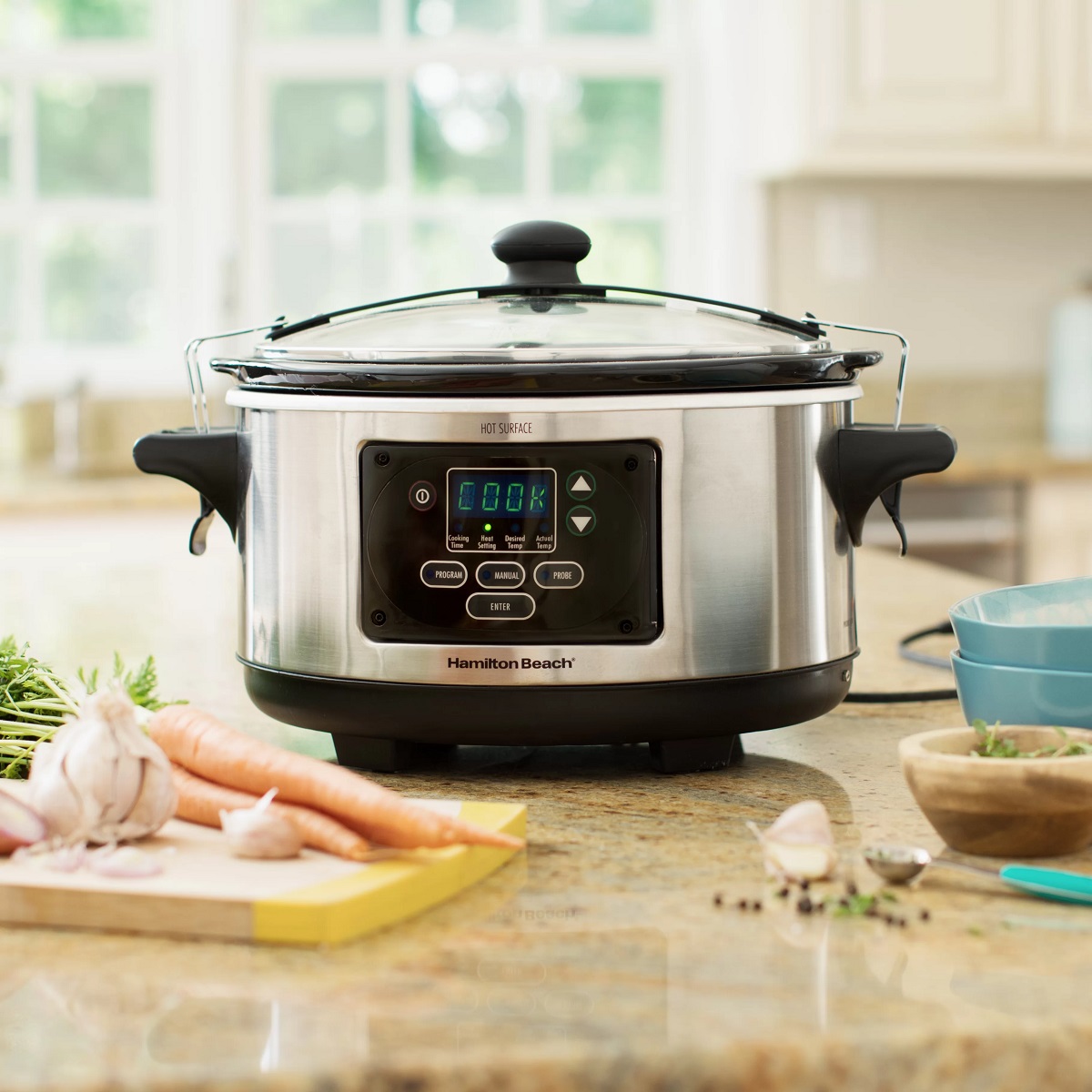
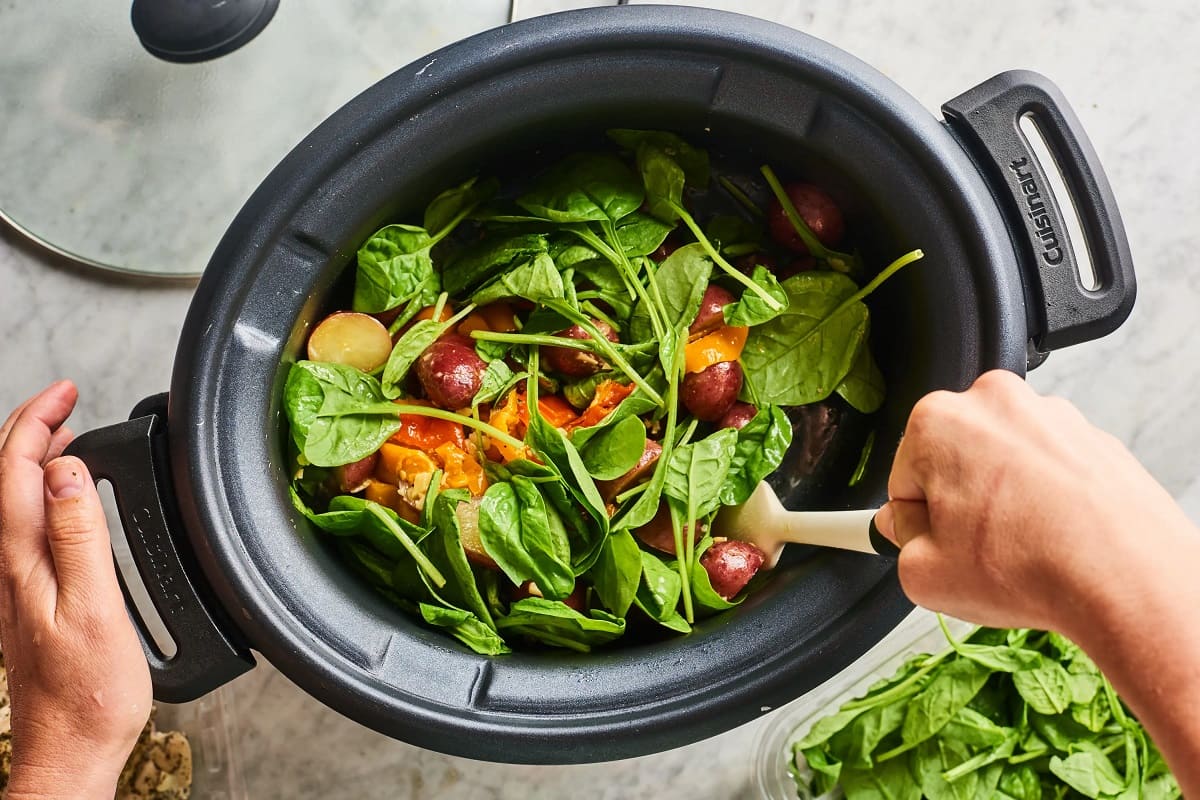
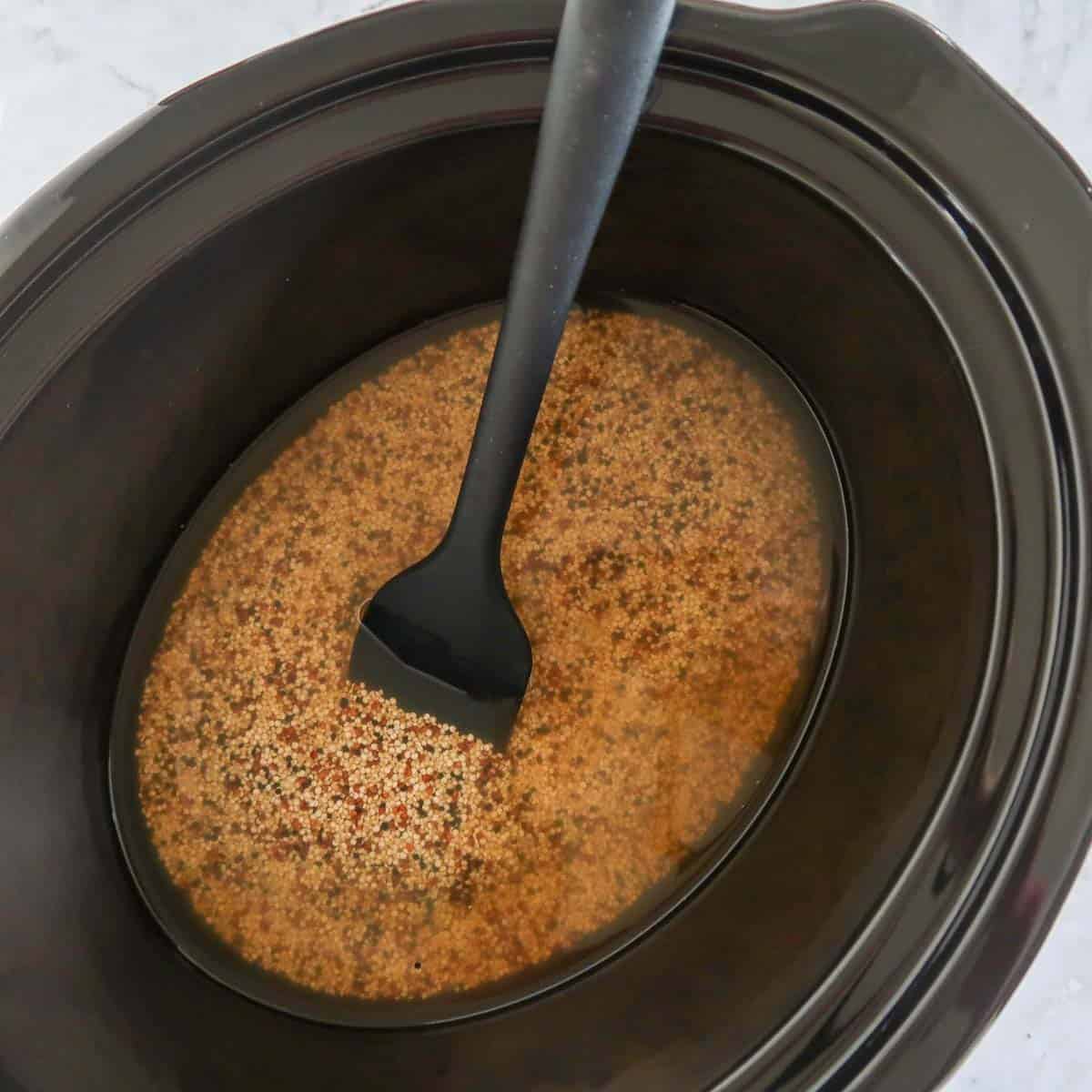
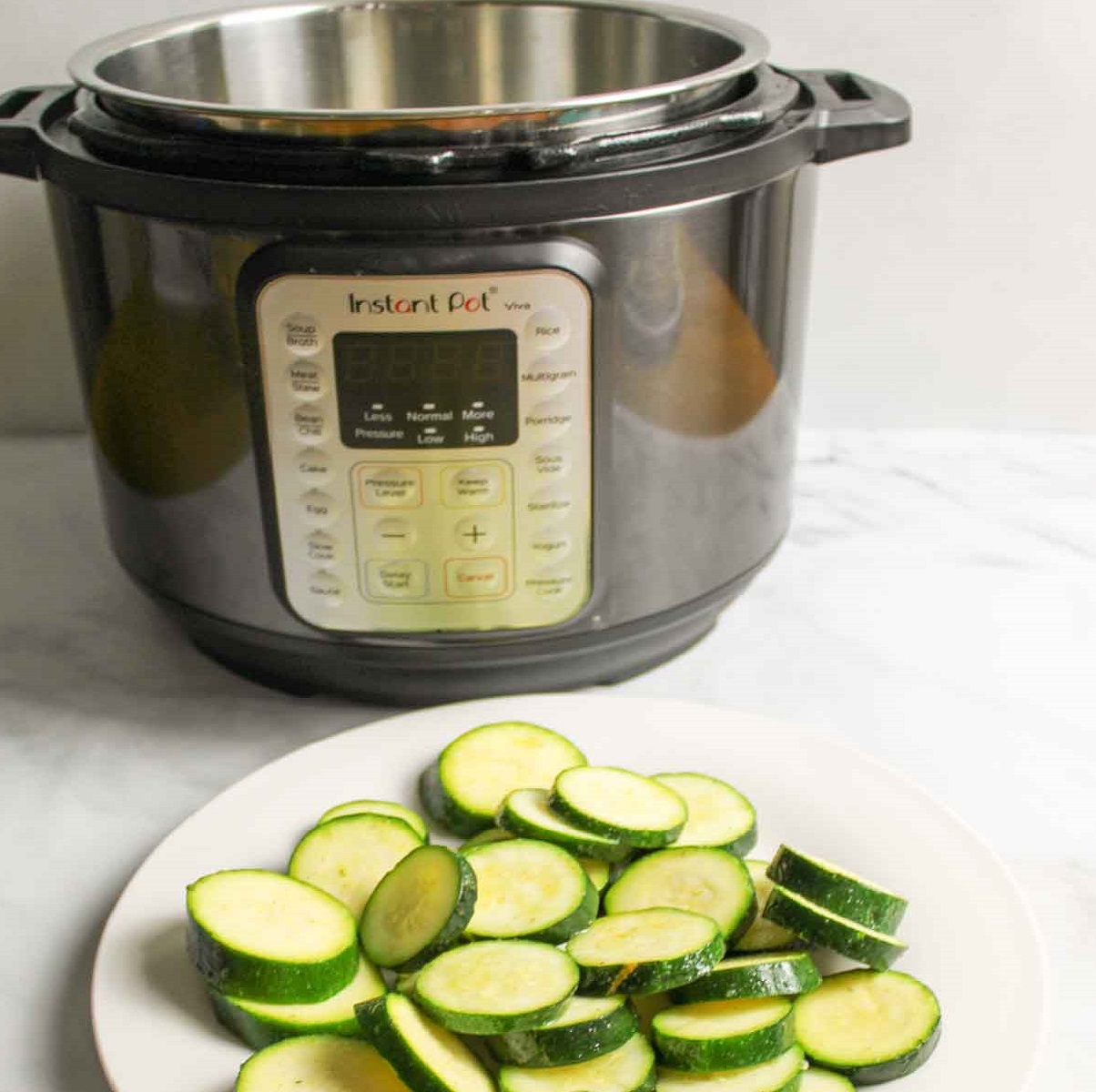
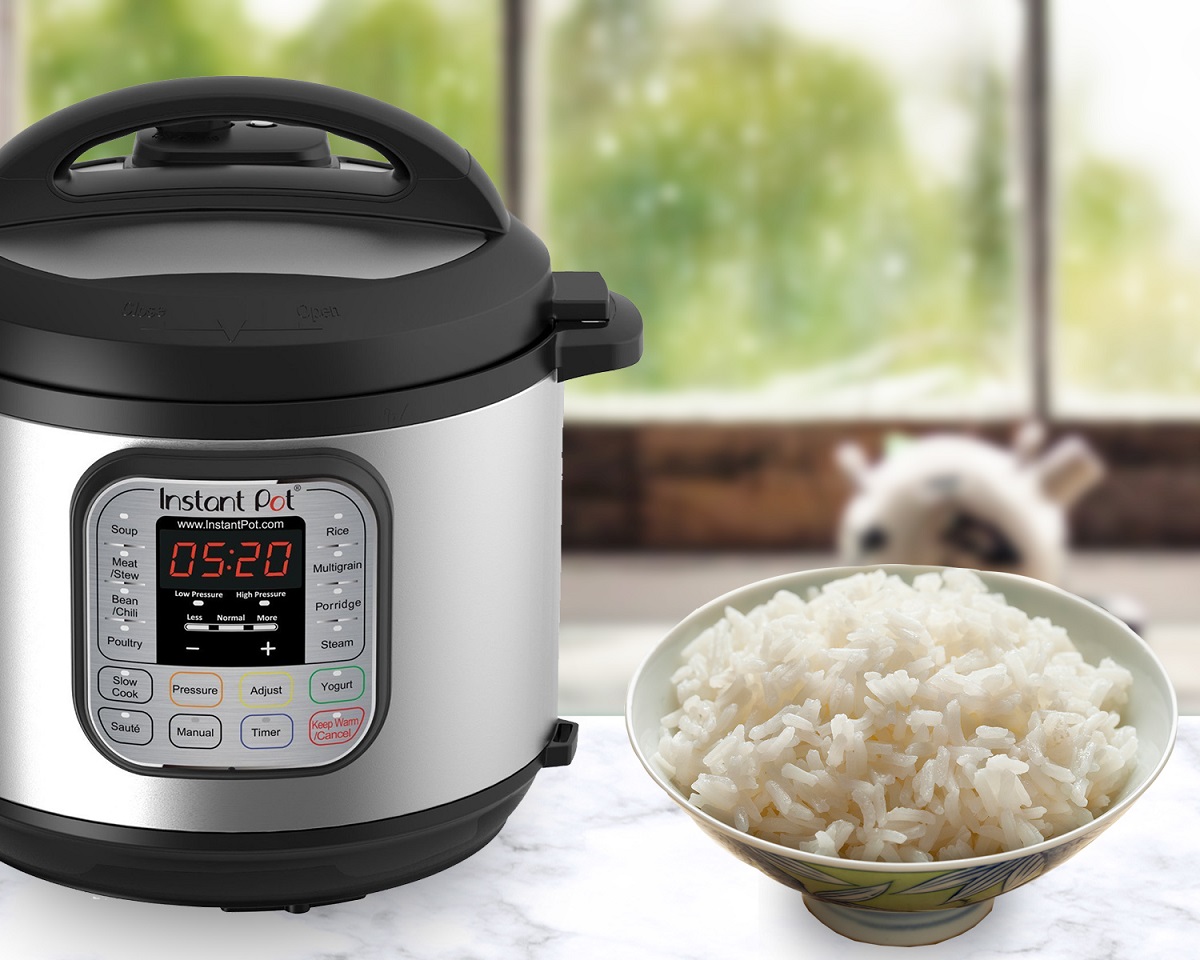
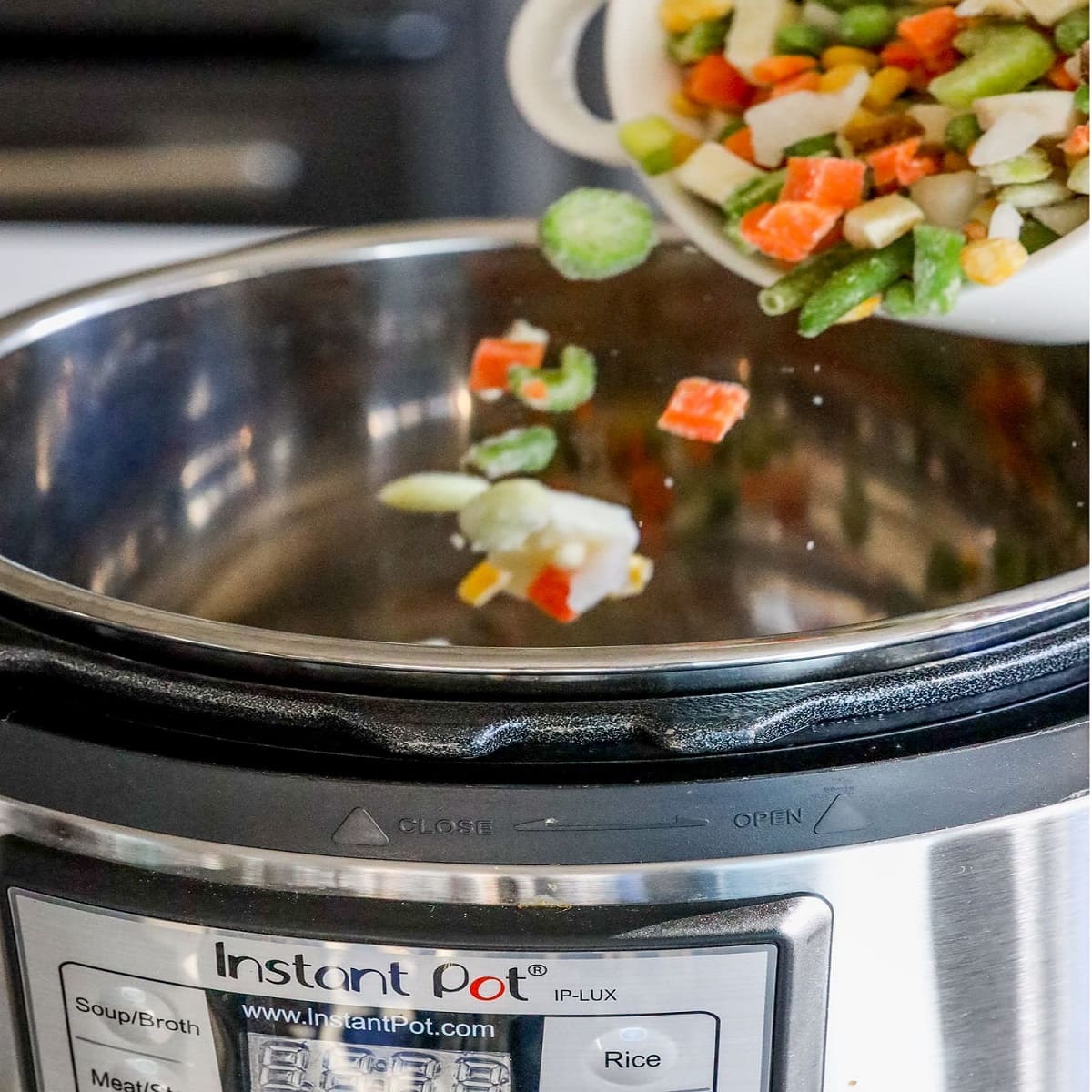
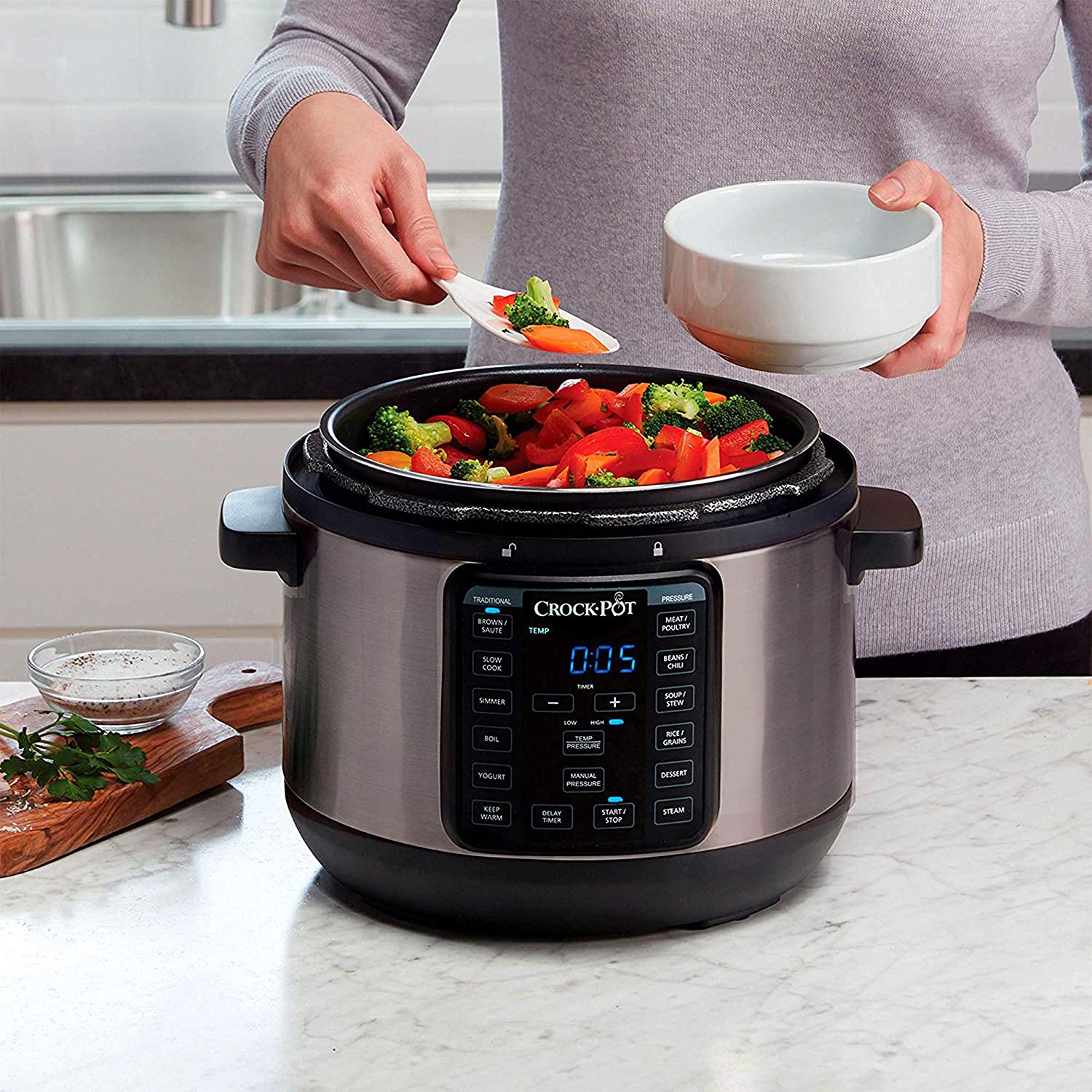
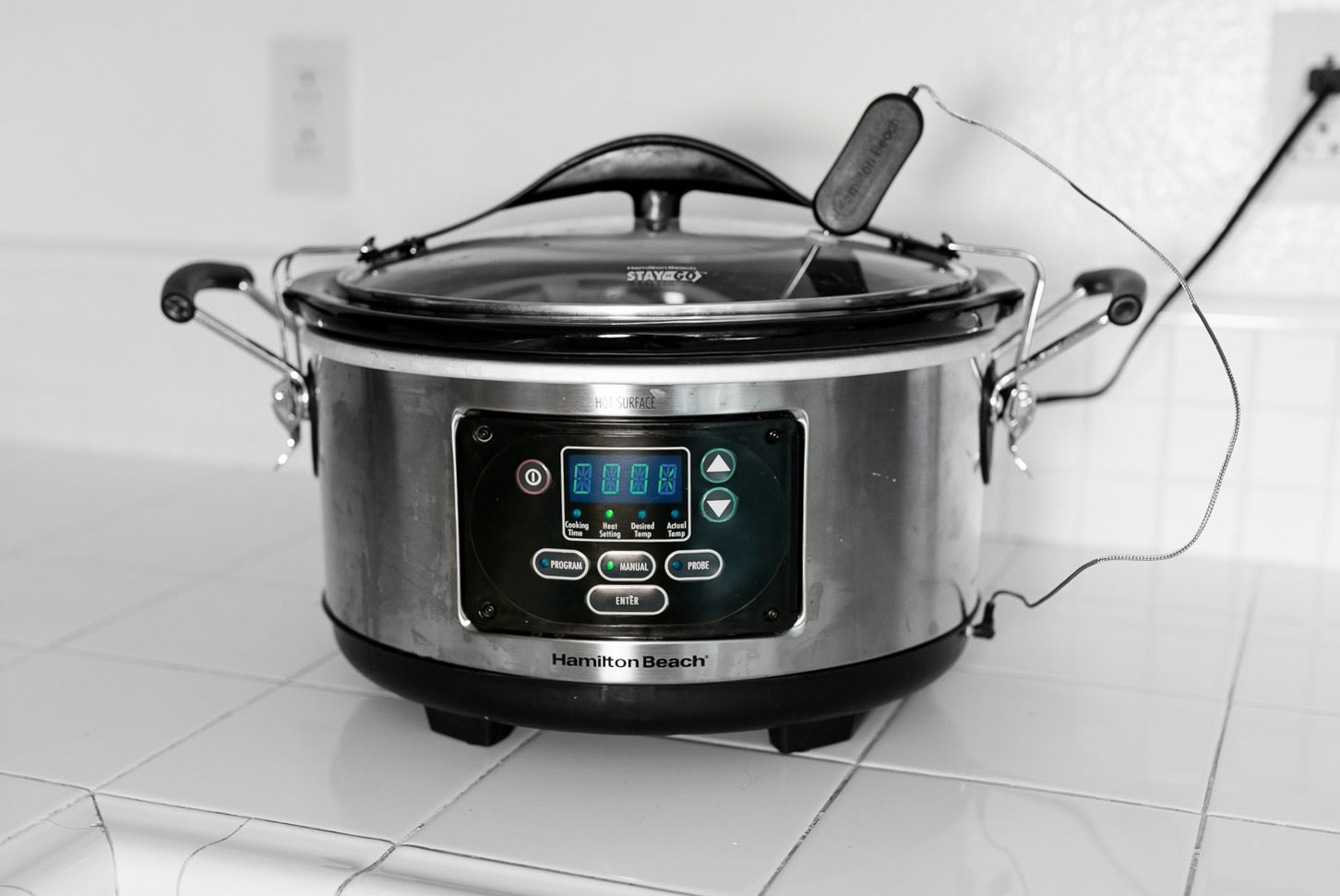
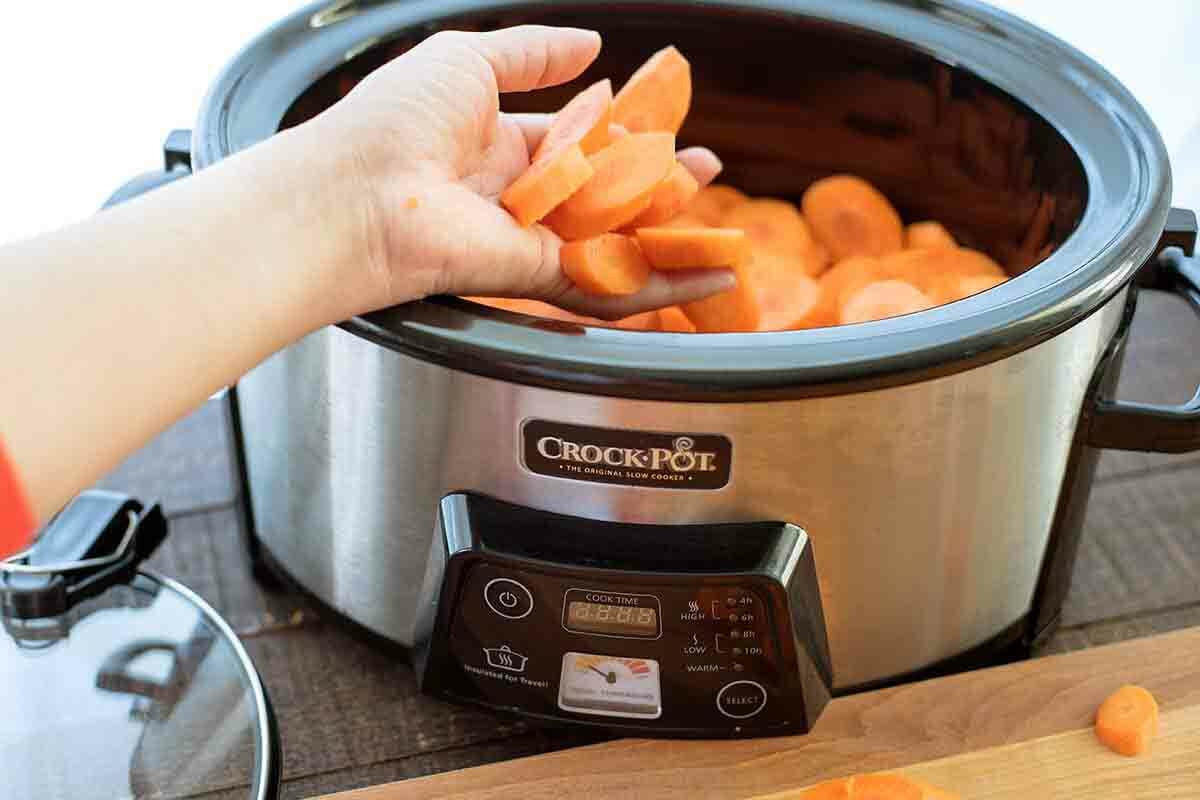
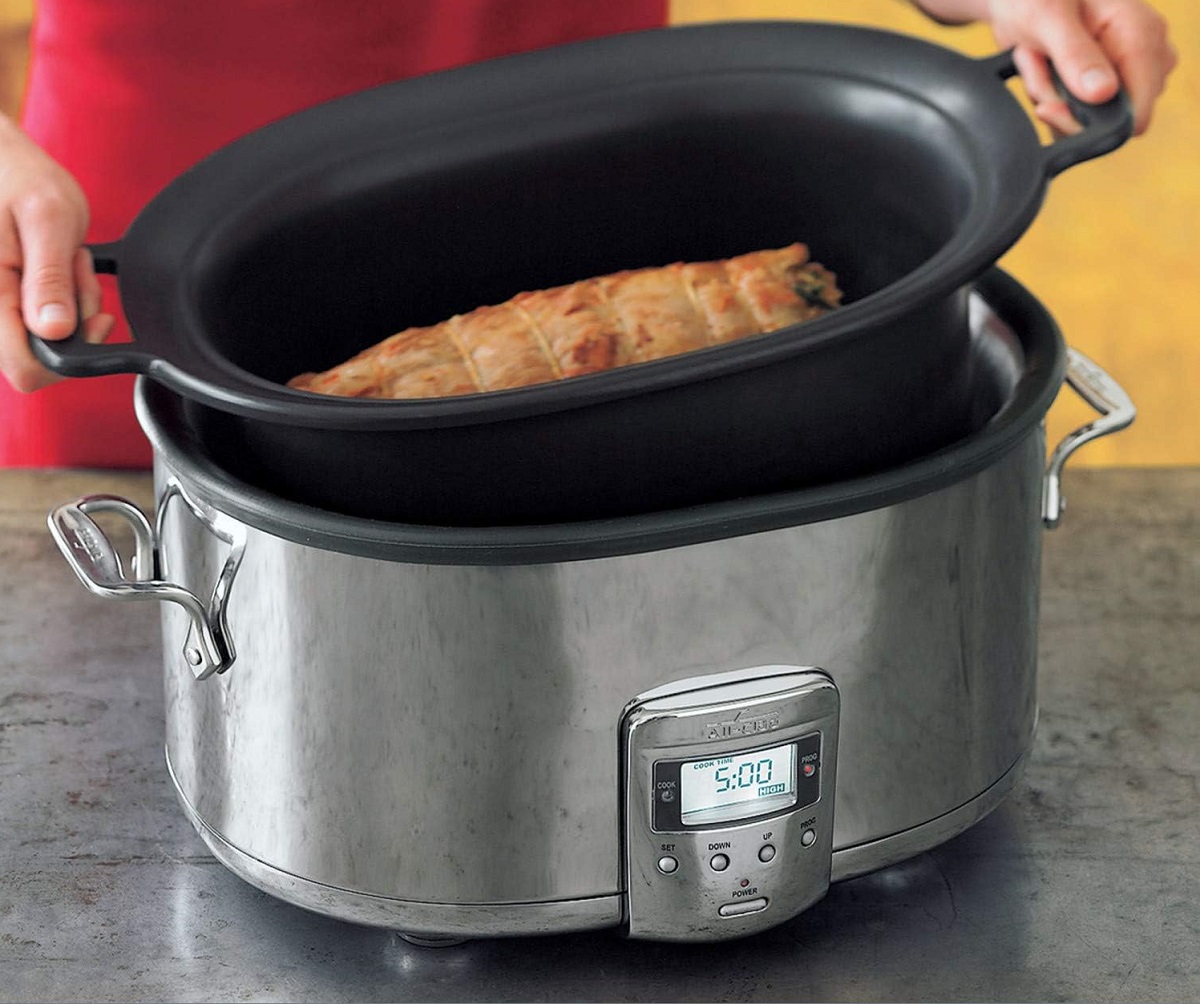
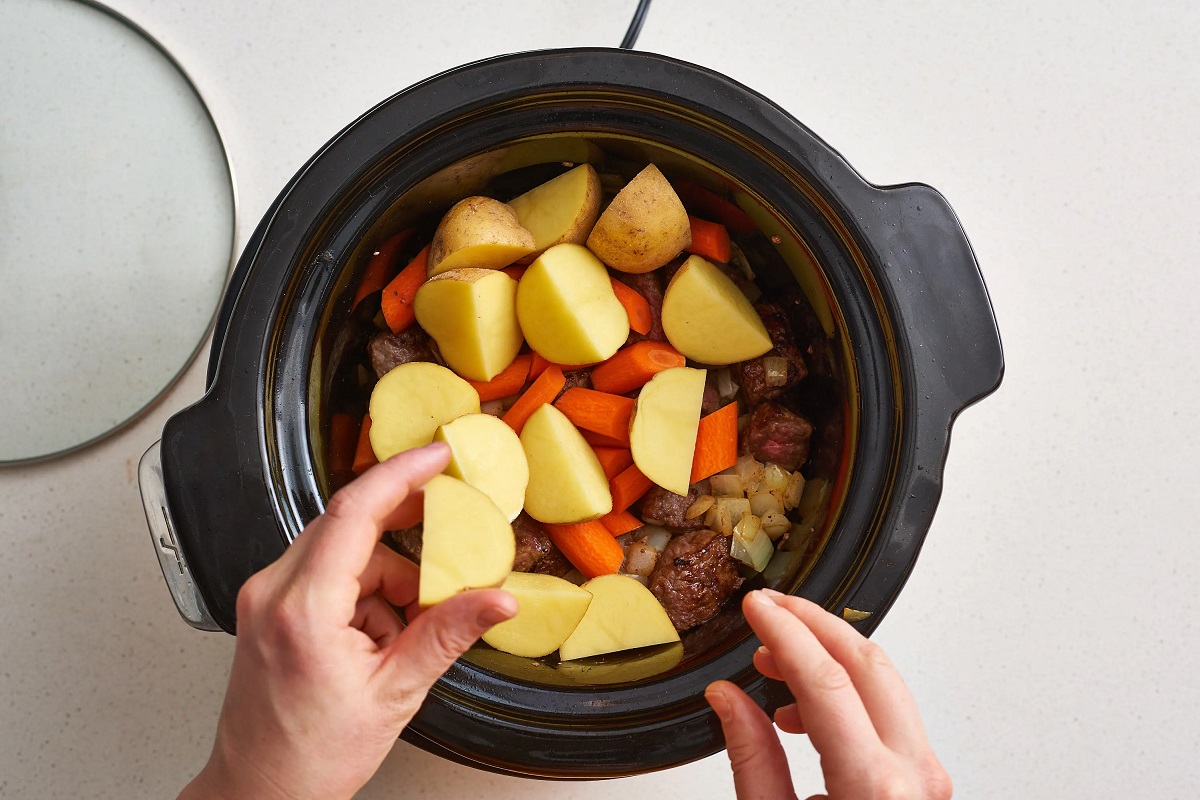
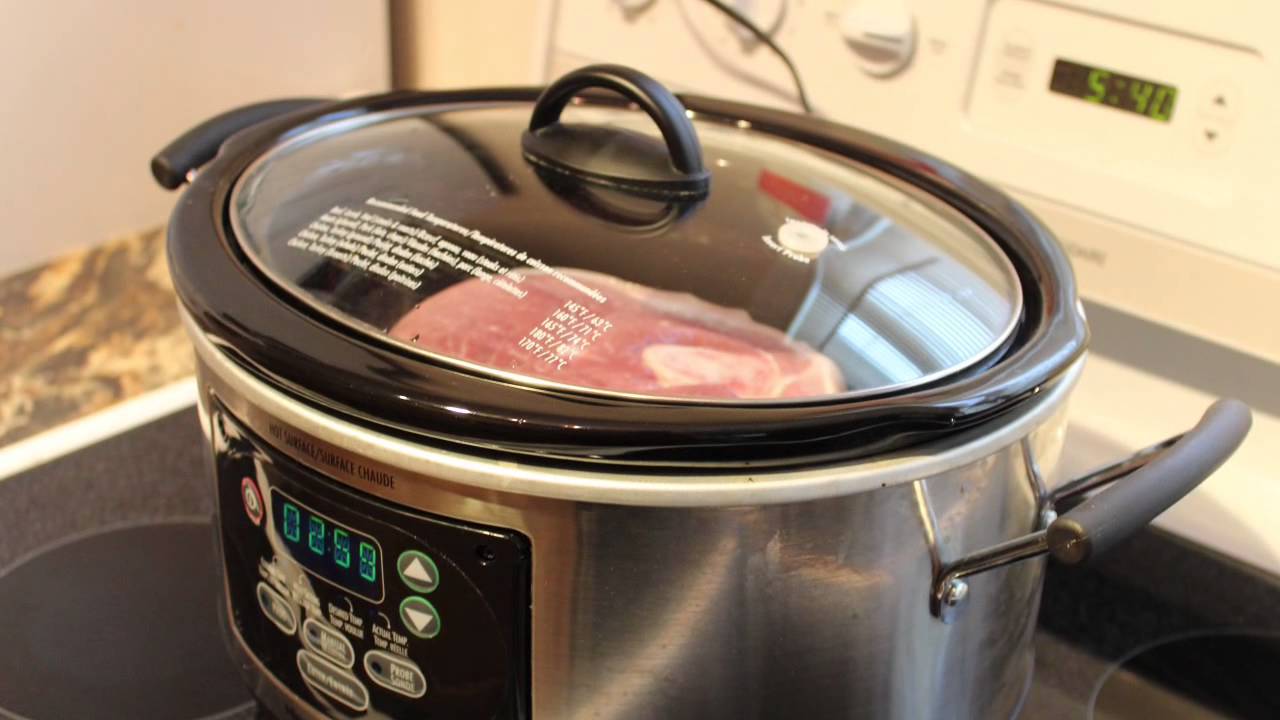
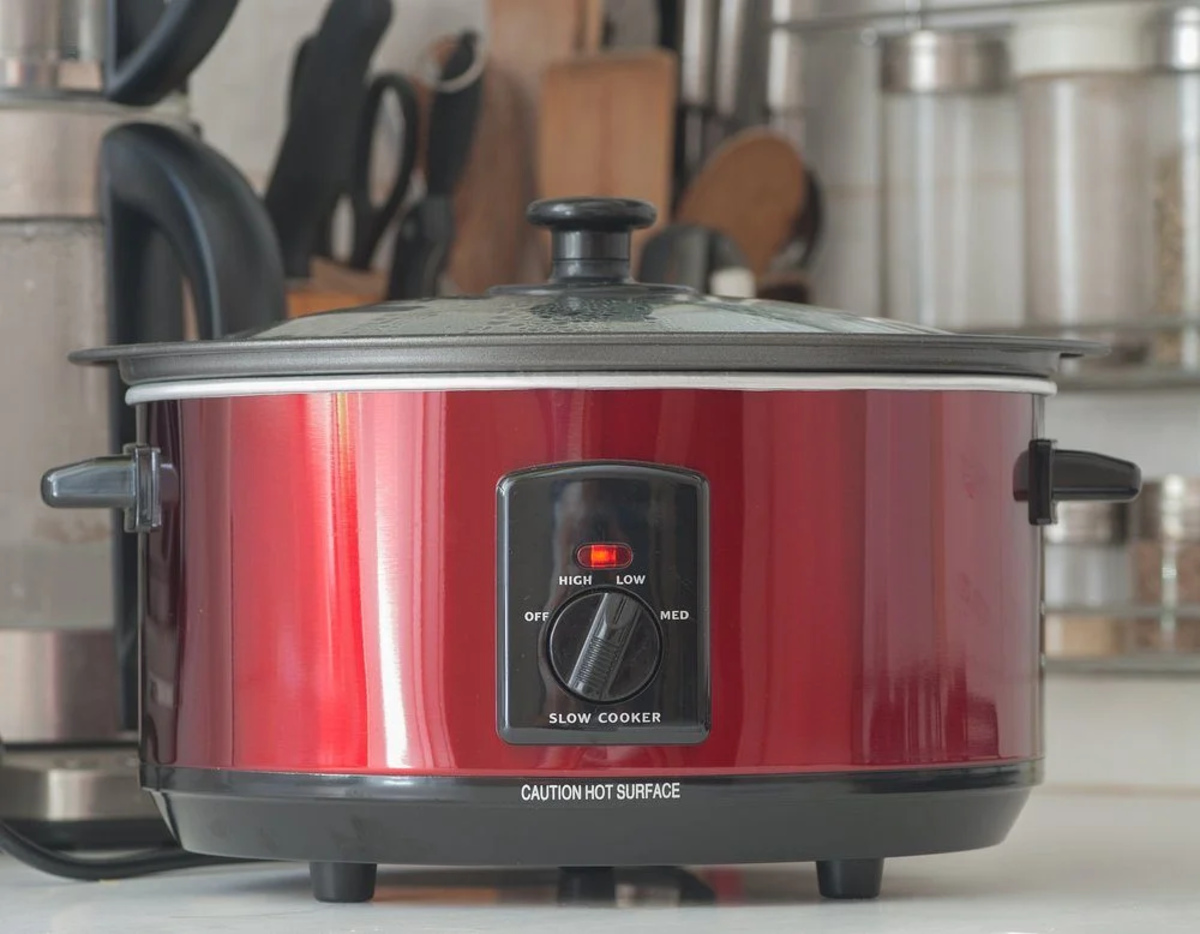
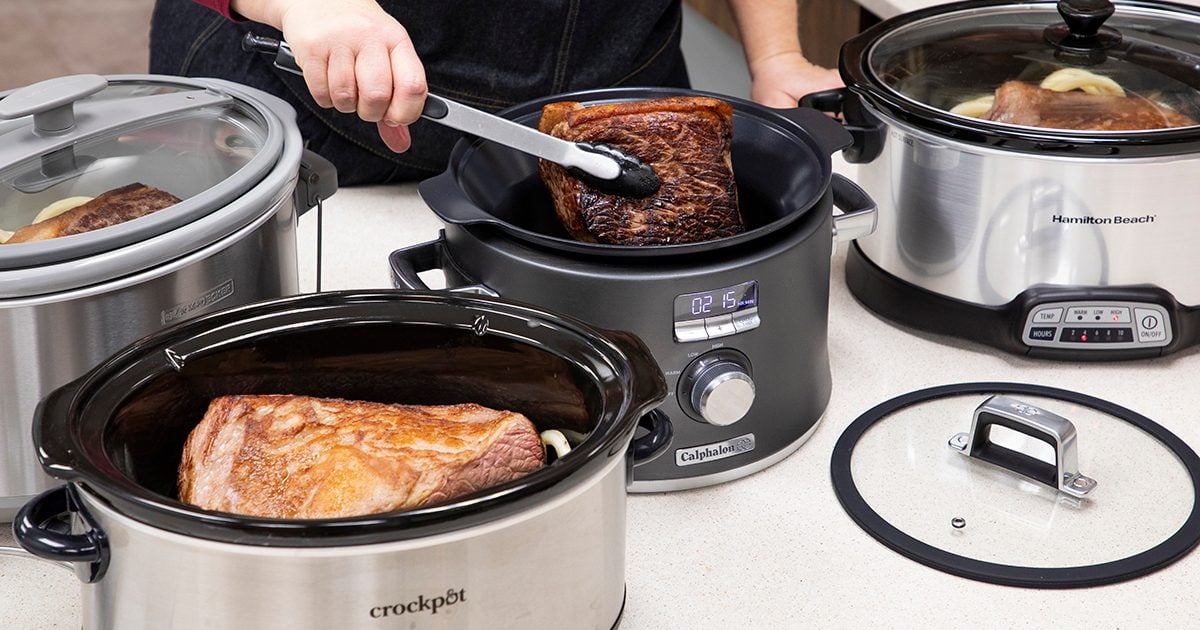

0 thoughts on “When To Put Mushrooms In Slow Cooker”